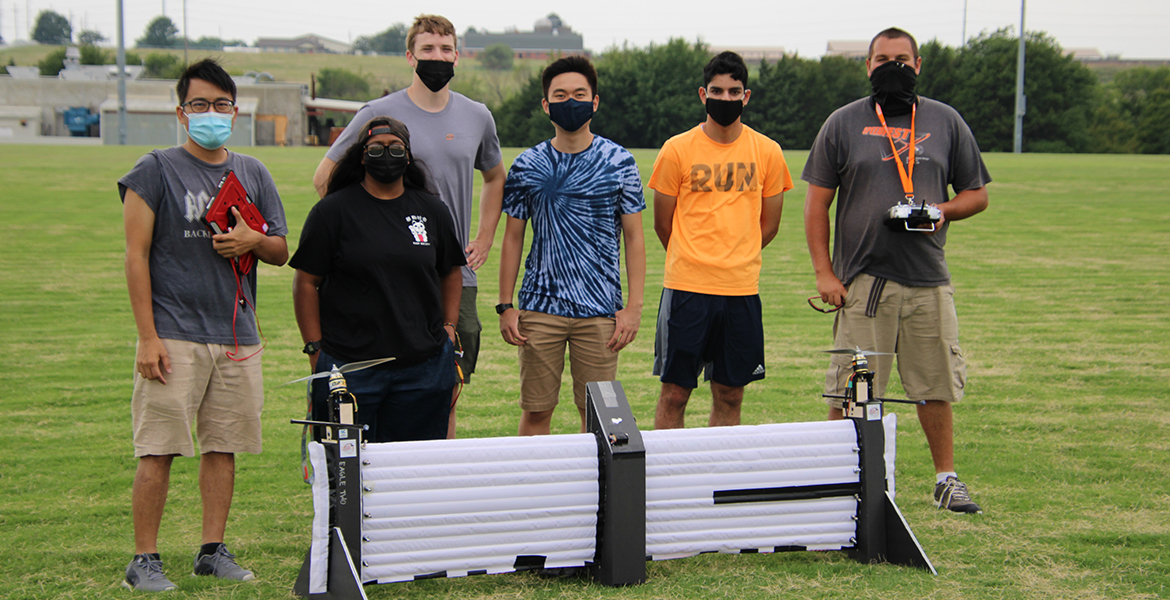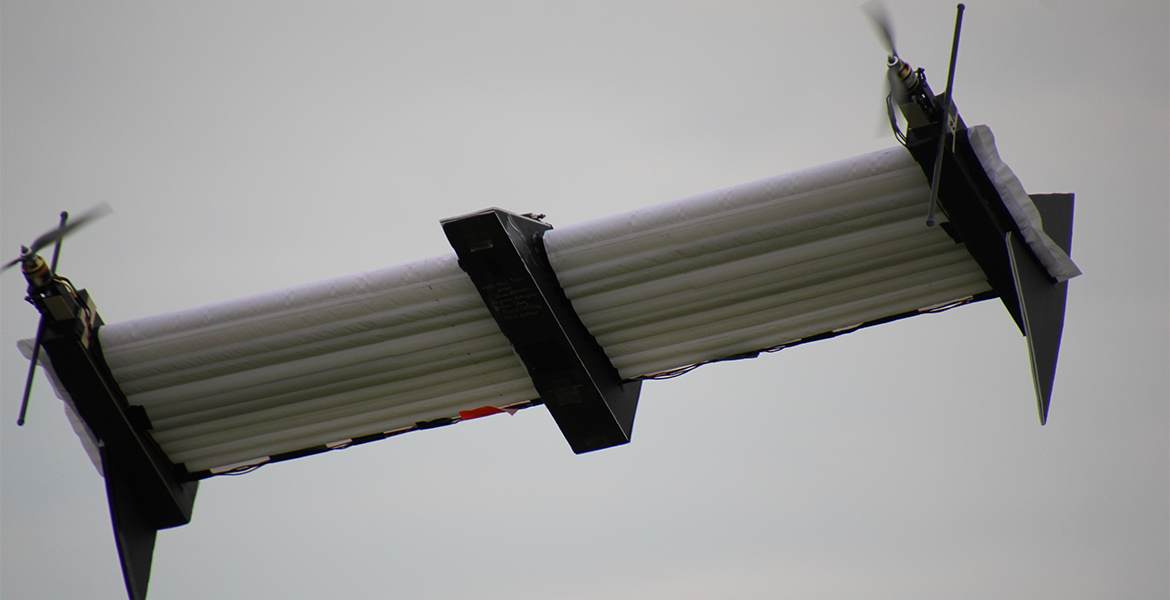
Unmanned aircraft researchers helping NASA reach new heights on Mars
Monday, December 7, 2020
A NASA project 20 years in the making is drawing closer to completion thanks, in part, to research being done at Oklahoma State Univesity’s Unmanned Systems Research Institute (USRI).
NASA has long desired to deploy an unmanned aircraft on Mars. The original plan was to send an aircraft to Mars and fly on the centennial anniversary of the Wright Brothers’ first flight on Dec. 17, 1903 in Kitty Hawk, North Carolina. However, the task proved to be a larger undertaking than scientists could’ve imagined.
Now, nearly two decades later, the Mars Ingenuity Helicopter is set to deploy in 2021. It will be the first aircraft to be flown anywhere but Earth.
“Ingenuity is a simple ‘hopper’ drone,” said Dr. Jamey Jacob, professor in mechanical and aerospace engineering and head of USRI. “Its mission is to take off from the surface of Mars, fly to a waypoint, take aerial photos along the way, and land.”
Ingenuity is a proof of technology demonstrator, rather than a formal mission, but if successful will pave the way for more capable systems.
NASA is exploring alternatives to a helicopter for future flights, which is where USRI and its researchers could play a role. NASA contacted Jacob in 2018 due to USRI’s use of “soft materials” in aircraft construction. NASA is exploring using these materials in constructing an inflatable, fixed-wing, unmanned aircraft that would allow for more efficient and adaptable aerial missions on other planets and celestial bodies.
This effort was born out of a previous project known as BIG BLUE, which evaluated the technology and launched test demonstration systems to the upper edge of Earth’s atmosphere.

Jacob accepted the challenge and has used the project as a learning platform for summer interns, mostly high school students, that work at USRI. These interns, along with full-time USRI researchers, are working to overcome the difficulties of deploying an unmanned, autonomous aircraft on Mars. The main challenge is the thin atmosphere on the “Red Planet,” which decreases the amount of lift created on a fixed-wing aircraft, making a larger wingspan necessary. However, the entry vehicle, which will house the aircraft, has limited space and weight restrictions, which makes an inflatable-winged aircraft ideal for the situation.
The project has given these students an opportunity to not only work on a NASA project that might eventually fly on Mars,but also affords them the ability to delve into a myriad of research areas.
“We will have the advantage of having been exposed to a wide range of topics while working on the project,” said Omar Abouzahr, a summer intern and future OSU student. “It has given us a wide range of knowledge that can be applied to many areas of study once in college.”
OSU’s concept, known as the TIE Flyer, or Twin Inflatable Electric Flyer, is based on the Mars Electric Flyer concept developed by NASA scientists at Langley Research Center. Like Ingenuity, it can take off and land vertically but transitions to horizontal flight to fly longer and further.
The team has overcome one hurdle, the design of the aircraft and initial flight testing, but more challenges lie ahead for student teams to solve. Problems such as inflation method, recharging of electric power sources and implementation of a robust computing system onboard the aircraft are just some of the questions the team will have to answer in the years to come.
While the road ahead is uncertain, the significance of the opportunity is not lost on the future engineers.
“I don’t know if our project will be the one to end up on Mars,” said Alex Booker, future OSU student and grandson of OSU alum and CEAT Hall of Fame inductee Ray Booker. “But being a part of the conversation and contributing ideas to the NASA project, as a whole, has been an amazing experience.”
MEDIA CONTACT: Jeff Hopper | CEAT Marketing | 405-744-2745 | jeff.hopper@okstate.edu
